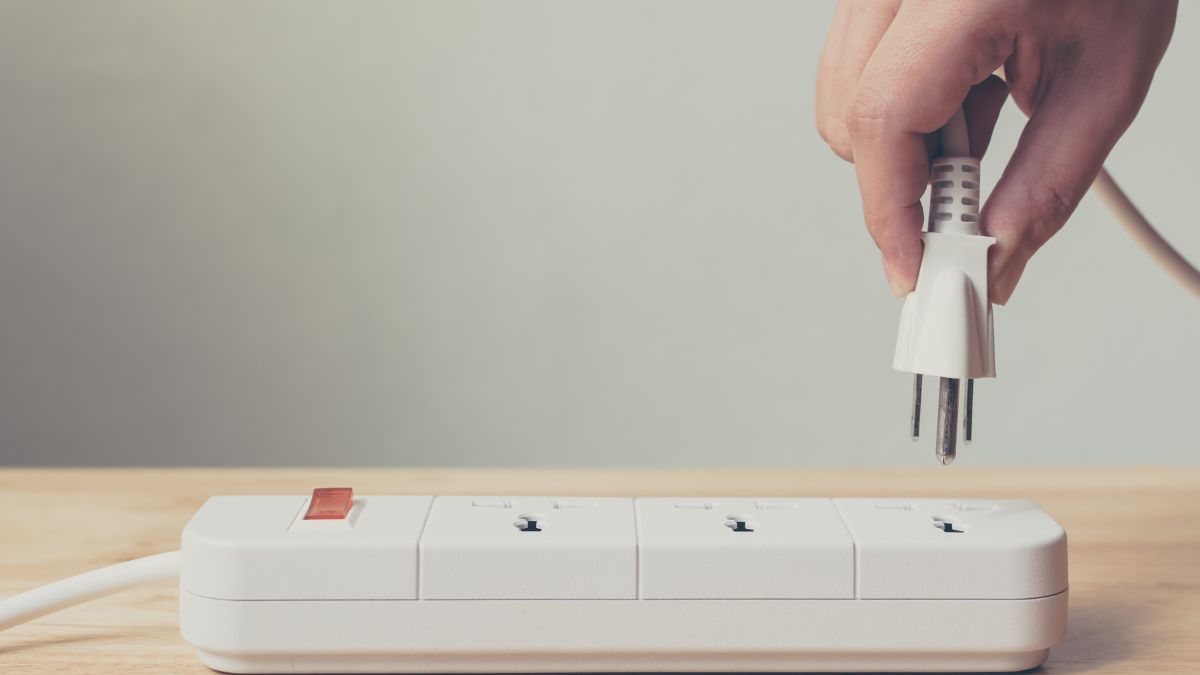As our world increasingly turns digital, electronic devices play a more central role than ever in everyday life – from our phones and critical infrastructure systems, such as power grids. However, unexpected power surges may devastate sensitive electronics; surge protection devices (SPDs) serve as guardians to shield our electronics from voltage spikes that might compromise them. In this article we’ll take a deeper dive into their workings, their components, testing procedures and when replacement may be needed. For surge protection installation in Cardiff, use The Electrician Cardiff.
How Surge Protection Works
Surge protection devices operate under a straightforward yet essential principle: diverting excess voltage away from sensitive electronics to avoid damage. A surge is caused by lightning strikes, utility switching or any number of external sources and its rapid rise increases electrical system voltage quickly enough to overload or destroy sensitive electronic equipment. When this occurs it must be dissipated in order to preserve these assets for safe operation and avoid overload and destruction to sensitive electronic components.
SPDs are typically installed at the point where electrical lines enter buildings or circuits and contain components like metal oxide varistors (MOVs), gas discharge tubes (GDTs), or silicon avalanche diodes (SADs) which act as sacrificial elements; when voltage exceeds certain thresholds these components conduct excess energy safely back down towards ground, bypassing equipment connected.
Components of Surge Protection Devices
Metal Oxide Varistors (MOVs)
MOVs are among the most frequently found components in surge protection devices. Composed of semiconductor materials exhibiting nonlinear resistance characteristics, MOVs conduct electricity when voltage exceeds certain thresholds, effectively absorbing surge energy as it comes through.
Gas Discharge Tubes (GDTs)
GDTs feature two electrodes connected by two tubes filled with gas that, when voltage surpasses an established threshold level, ionise to create low impedance paths through which surge current can dissipate more freely.
Silicon Avalanche Diodes (SADs)
SADs are semiconductor devices which conduct electricity when subjected to high voltages, acting similarly to MOVs in redirecting excess energy away from connected equipment and towards itself.
How To Test Surge Protection Devices
Regular testing of surge protection devices is necessary to ensuring their continued efficacy, so here are a few methods of testing:
Visual Inspection
Conduct a visual examination to inspect for physical damages or signs of wear on your SPD, such as broken components or melting casings.
Voltage Measurement
Utilising a multimeter, measure and compare the voltage across an SPD during normal operation to its rated voltage; any substantial variations could indicate an issue or fault condition.
Surge Current Testing
Many SPDs feature indicators or counters to track how often surge events have taken place within them, offering insight into its remaining lifespan and useful data about surge current testing.
Impulse Testing
Specialised equipment can simulate surge events to evaluate an SPD’s response. Usually this testing is administered by qualified technicians or third-party laboratories.
When To Replace Surge Protection Devices
Although surge protection devices (SPD) can withstand multiple surges, they still may become compromised over time and need replacing. Here are a few signs it might be time for an upgrade:
Age
Most surge protection devices typically last 3-10 years depending on their model and manufacturer; consider replacing older SPDs even if they haven’t experienced any surges yet.
Frequent Surges
If your area experiences regular lightning storms or utility switching events, an SPD may wear down more rapidly and should be monitored carefully for signs of degradation under such circumstances.
Failure of Tests
Should testing determine that the surge protection device no longer falls within its specified parameters, it should be replaced promptly to guarantee continued protection from electrical surges.
Equipment Damage
Should electronics suffer damage in spite of having been protected with an SPD device, this could indicate it has not provided adequate protection and should be considered an indication that its protection has failed and a replacement device should be purchased immediately.
Conclusion
Surge protection devices play a pivotal role in protecting our electronic equipment from power surges. By understanding their operation and the components it contains, as well as how and when they should be tested or replaced, users can ensure the continued reliability of their electrical systems and reduce risks from power surges. Regular maintenance and proactive replacement are keys for maintaining optimal surge protection levels and mitigating risks to equipment damage.
